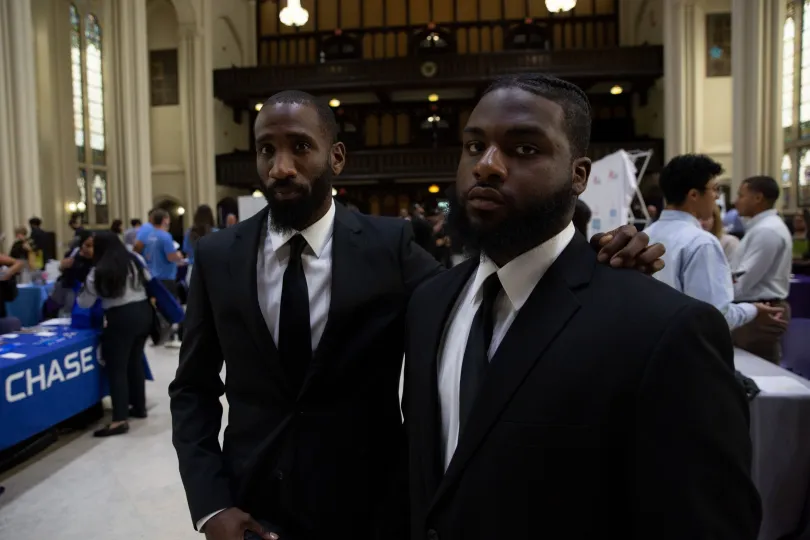Just 30 percent of young men get a regular paycheck. Eric Adams wants to raise that number.
A planned overhaul of city workforce training programs aims to help young adults especially hard-hit by pandemic job losses.

EDITORS’ NOTE: In the month of July, the city created 30,000 private sector jobs. Since Adams has taken office, the city has added over 134,800 private sector jobs, according to the New York City Economic Development Corporation. From July 2021 to July 2022, NYC remained at a higher private sector growth rate – 8.1 percent – than New York State or the U.S. (5.5 percent and 4.5 percent, respectively). Yet, the city still lags the nation in terms of unemployment. Brooklyn remains an attractive market for real estate and retail investors, with a record-breaking $5 billion worth of investment sales in the first half of 2022, according to TerraCRG, Brooklyn’s largest real estate brokerage.
 This article was originally published on by THE CITY
This article was originally published on by THE CITY
Last week at a job fair at City College in Harlem, 26-year-old Showayne Brown was contacting as many employers in the finance industry as he could. The recent graduate of the College of Staten Island has been cooking for three years and now wants something that would launch a career.

Brooklyn Boro
View MoreNew York City’s most populous borough, Brooklyn, is home to nearly 2.6 million residents. If Brooklyn were an independent city it would be the fourth largest city in the United States. While Brooklyn has become the epitome of ‘cool and hip’ in recent years, for those that were born here, raised families here and improved communities over the years, Brooklyn has never been ‘uncool’.